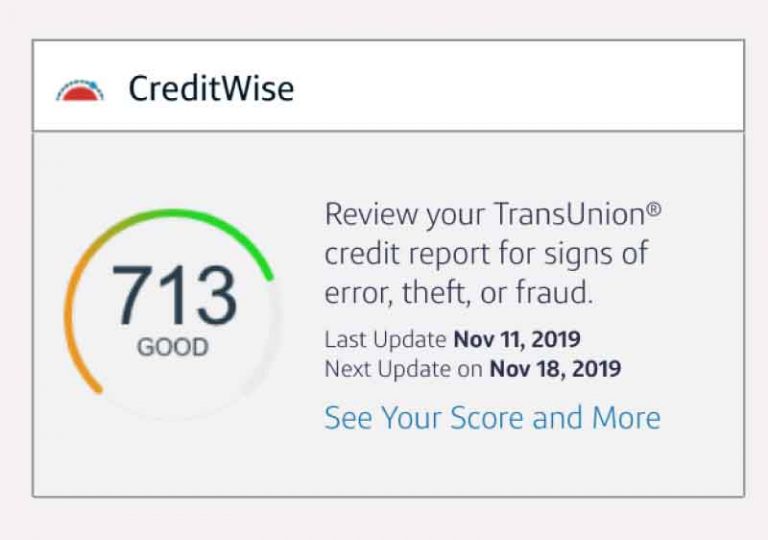How to Invest in Construction Hard Money Lending Backed by Real Estate
One of the benefits of working hard and getting ahead is having the opportunity to invest some of your hard-earned money into something that will produce more money. As my career developed, my businesses grew over a 10 year period, and I found myself having more and more cash available, it occurred to me that I should find a better way to make it work than simply leaving it in the bank to collect an almost negligible amount of interest for me.
A friend of mine, an attorney who operated a local title company, suggested that I take a look at doing hard money loans for local construction companies. It wasn’t until a few years later that I did my first construction hard money loan, but I’ve done enough of them now that I feel like I can authoritatively describe how the process works.
Here goes.
The Construction Hard Money Loan Opportunity
As we all know, construction is a big industry. Building homes and other buildings will continue as long as there are more people to inhabit them. Hard money lending is a way for private investors to fund these building projects and receive a return on their financial investment. Your financial investment is secured by the collateral (the land and the property itself) that is being built by the borrower.
Hard money lending has risk associated with it, but also has the potential for higher returns than other types of investments, including high yield savings accounts and CDs, which are insured up to $250,000 by the FDIC.
Expected ROI for Hard Money Loans
Hard money loans have typical returns in the neighborhood of 10-12% APY. Based on my experience, there are construction backed hard money lending opportunities that can go higher than those rates, but those opportunities tend to carry more risk and can require significant due diligence to make yourself comfortable with the project.
My First Hard Money Loan
Several years after I first learned about construction hard money lending, a relative introduced me to his former college roommate, who was seeking investors for a home development project he was involved in financing. I was introduced to him through email. I told him that I had $20,000 that I was comfortable investing in a specific project he was funding in Colorado, which involved six single family homes to be built in a specific subdivision.
After I talked on the phone and felt confident that this investment broker was ethical and knew what he was doing, I told him I’d move forward. He then sent me a “Fact Sheet” that contained the details of the deal.
Investment Fact Sheet Details
As I learned in my first investment and since then in other opportunities, potential hard money lenders are given access to a Fact Sheet, which spells out all the pertinent details of the invesment opportunity.

The Fact Sheet lists the specific address of the property, a description of the project being completed, the loan amount needed by the builder, the estimated value of the property being compared to the loan amount, and the yield being offered. In my case for this investment it was 12%. The term of the loan was expected to be six months, but there was also a six-month extension option, so I knew that my investment money would be unavailable for use potentially for a year period of time.
Other information contained on this particular fact sheet included the intended of the loan proceeds, in this case purchasing the property and paying title fees.
The fact sheet also included a guaranty for return of funds, explaining that the founding principal of the borrower would execute a specific legal instrument, a Limited Recourse Guaranty, for the loan.
The fact sheet described the borrower’s history and reputation, and included a brochure with pictures of similar homes built by this contractor in the past.
I have discovered from reviewing this fact sheet for my initial investment that the collective information on a fact sheet is specifically intended to provide enough information for an investor to feel comfortable about what his investment is being use for. In my case, only investing $20,000, I was satisfied with the details given to me in the fact sheet as well as in my conversation with the investment broker. In many cases, especially when the investment amount is higher, it’s a good idea to follow up with any due diligence that might need to be done to make sure that your risk on the particular project is mitigated.
The Process for Becoming a Hard Money Lender
Becoming a hard money lender requires setting up an investor account with the broker you intend to transact your investments through, and submitting a bunch of legal forms and disclosures. I will cover each of those forms below.
Setting up An Investor Account
Setting up an investor account requires filling out and submitting the following forms and information to the investment broker
- W9 Form: This is used by the investment broker to report your payments to the IRS. At the end of the tax year, you’ll receive a 1099 statement listing the amount of investment income you’ve received.
- Investor Account Form: The Investor Account Form is used by the investment broker to set you up in their system. It includes personal details, including name, address, phone, employer, marital status, and other information for both a primary and a joint account holder (if there is one). It also provides sections to be filled out for trusts, estates, or conservatorships as well as for a business that might associated with the account. In this section, the investor must also certify that he meets the minimum requirements for investing in a mortgage loan, including:
- Having a net worth of over $250,000
- Having a household income of over $70,000 for each of the previous two years
- Investments in a mortgage loan cannot exceed 50% of the investor’s net worth or net annual income.
The investor account form ends with a section that includes contingencies in the case of legal disputes arising out of the relationship being created.
- Private Investor’s Minimum Financial Requirements: This form certifies that you meet the requirements listed above in the Investor Account Form.
- Mortgage Loan Investment Disclosure Form: This form must be received and filled out, returned for each loan you do with your broker. This form states the amount that you’ll be investing, and provides all pertinent disclosures about the purpose of the loan and your broker’s role in handling the investment.
- Special Power of Attorney: This document allows the investment broker to perform legal actions pertaining to the investment, including receiving and distributing funds and performing legal actions consistent with the purpose of the investment as spelled out in the promissory note and security deeds.
- Investor’s Acknowledgement of Understanding: This document is a signed acknowledgement that the investment broker is not a depository financial institution (like a bank) and is not secured like a bank deposit would be. It also lays out the fact that the investment carries some risk with it, and that there is a potential for loss of some part or all of the investment.
- Loan Servicing Agreement: This agreement allows the investment broker to service the loan they are securing for the contractor, including a promissory note from the borrower and otherwise acting on behalf of the investors.
- Disbursement Disclosure: This document provides information on when investment checks are mailed or deposited directly to the investors account.
- Entity Documents: If you have set up your investor account as an entity (a corporation, trust, etc.) as opposed to as an individual, you’ll be required to provide proof of the existence of that entity.
- Proof of Identification: The investment broker is required to receive proof of your identification, which can be done with a drivers license or other state issues identification, or using a passport or military identification.
Depositing Your Investment
In addition to filling out the forms and providing the information described above, your next step to becoming an investor in real estate backed hard money loans is to actually send over the money.
Your investment broker will send over wiring instructions, which you can use to send your investment to be aggregated with others involved in the project.
Once a project is finished, the investment broker will typically ask you if you want your principal sent back to you or they’ll often give you the option of rolling it into another one of their projects, assuming they have something in the works for which your investment amount and risk tolerance are a match.
My Experience and Advice with Hard Money Loans
I’ve had a good experience with doing hard money loans. After my first $20k loan, I increased the amount I was investing up to $100,000 that was split among several different projects. I’ve enjoyed the flexibility and the consistent dividends from putting my hard-earned money into projects that feel safe to me, and that I don’t have to spend much time babysitting.
By contrast, I recently invested $250,000 into a rental condo, hoping to get a high return on that money without having to spend a ton of time mentally and physically working on the investment. So far, that project has required a lot more hand-holding and has had returns that are closer to what you’d expect from a high yield savings account.
If you choose to invest in hard money loans, I’d recommend starting as small as possible and becoming more familiar with the process and your investment broker. Then you can gradually increase your investment amount as it becomes available and according to your level of confidence.
Even when you’ve become confident as a hard money loan investor, I highly recommend not ever letting down your guard. Instead, I recommend vetting each project in which you are investing, and give it the attention and caution that is requisite with the particular investment amount.







